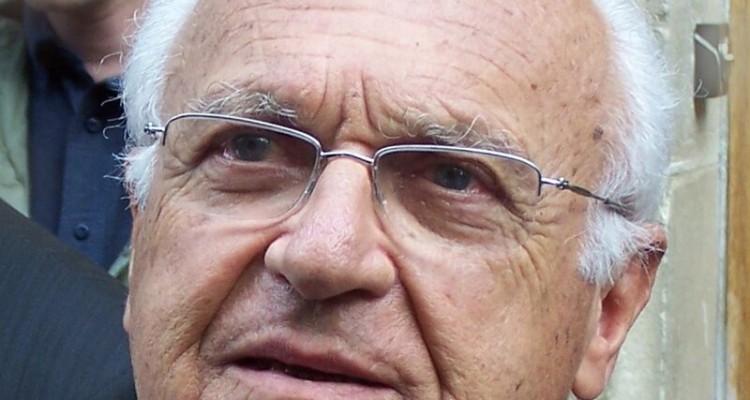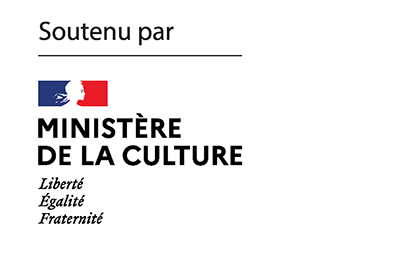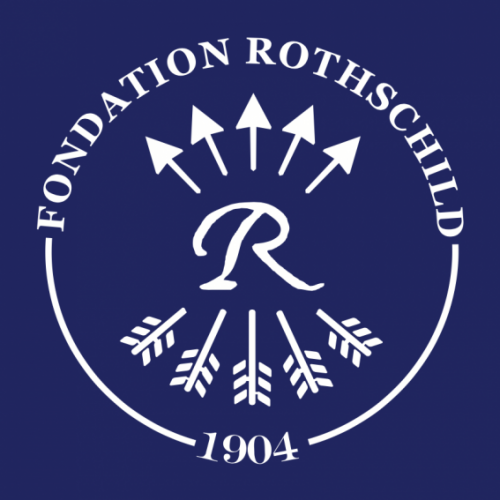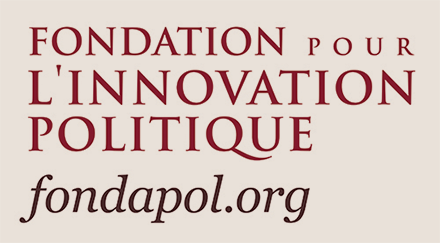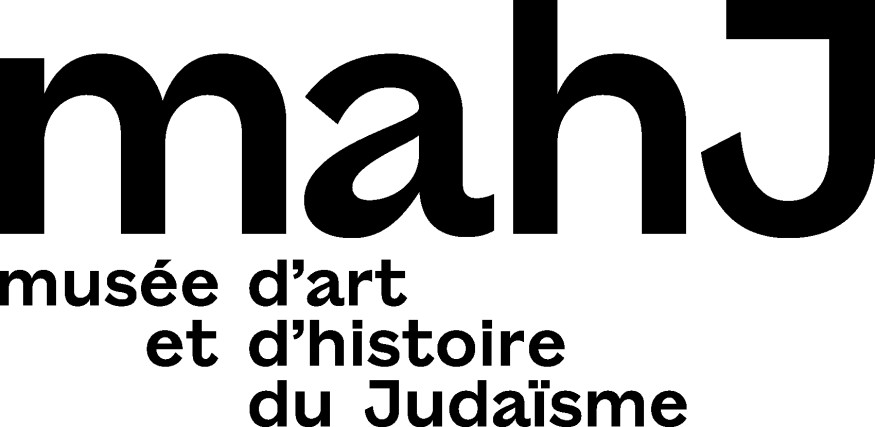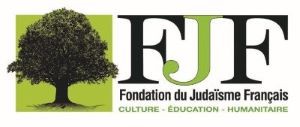When he was a child, Alain de Toledo thought that “Spanish” meant “Jewish”. Then, he realized that the Spanish he spoke at home was not the same as the one he was taught at school… In his story for K., through the evocation of his family’s destiny and the gradual awareness of the fate to which he belongs, he recounts what makes the singularity of a language and of the group of those who have carried it to the present day.
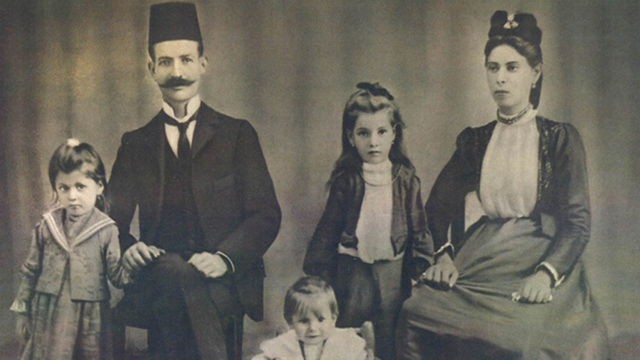
In my youth, there was an activity that young people today cannot know: our grandmothers, mothers and aunts used to knit. Very often, the ball of wool would get tangled and it would take a long time to find the beginning of the thread and untangle it. It took me years and years to untangle the ball of wool that was in my head.
A Particular Childhood
I was born after the war into a family that, in my eyes as a child, and even as a teenager, had a few peculiarities, not to say oddities. First peculiarity: there were two languages at home. The parents’ and mine. The parents spoke Spanish with each other – at least that’s what they called their language. But with me, they spoke French. I think they wanted me to become a “good little Frenchman.” They had naturalized me at birth (I learned this much later) while they themselves had kept their Spanish nationality, which I would later find curious since the decree of expulsion of the Jews from Spain had not yet been abolished (it would be in 1967). It was also very curious that this desire to make me a good little Frenchman was accompanied by a “don’t trust the French” when talking about the friends of my adolescence. I understood this injunction as a recommendation to hide the fact that I was Jewish: in their language, they distinguished between those who were “Spanish” – which meant Jewish – and those who were “French,” which meant Catholic. My uncle, who had Turkish nationality, was also considered “Spanish”…

I felt this particularity of the language very concretely when we went to a restaurant. There were a lot of us, we spoke loudly and in “Spanish,” which made us stand out. In addition, everyone ate from each other’s dishes: an absolute shame. I wanted to hide under the table.
In a way, one can say that my parents’ plan to make me a “good little Frenchman” was perfectly successful. Thus, when the television arrived at home and broadcast international matches, I stood at attention and sang the Marseillaise at the top of my voice. But this attitude had its limits. For example, when my classmates told me that they were going to their grandparents’ house for the vacations, in such and such a region of France, and they asked me “And where are your grandparents from?,” it was impossible for me to say that some of them came from Salonika and others from Edirne (Andrinople). So I was left in the dark, the kind of person who would answer that we had been Parisians for several generations.
I must mention another peculiarity. The Pesach Haggadah speaks of four children. I, among them, was the one who did not know how to ask questions. I remember my eighth grade class. I started learning Spanish in school thinking, “This is a subject where I’ll have an advantage!” But as soon as I said my first words, the teacher looked at me as if I were a Martian. There were obviously two forms of Spanish: the one at home and the one at school. I didn’t know how to ask the right questions. In my defense, there were a lot of things that were difficult for me to understand. For example, we were Jewish, obviously, and yet Christmas, with all its gifts, was one of the great holidays of the year, and my parents insisted on making me believe in Santa Claus. I had noticed their little game of hiding presents so that they would miraculously appear the next day and I quickly deduced that parents don’t always tell the truth.

I was fortunate that during my school years I did not suffer from anti-Semitism – “de Toledo” was not identified as a Jewish name. I have, if I may say so, managed to slip through. All I witnessed was an incident that I have long remembered. In my senior year, a boy named Pellerin was making an anti-Semitic speech in front of me. Three other students were listening to him, and one of them commented, “They’ve had six million deaths, they should be left alone.” That was the first time I heard about the six million dead!
When I say that I did not suffer from anti-Semitism, I must however report a traumatic event that I did not fully realize until 40 years later. When I entered the fourth grade – I was a year ahead of him and rather small in stature – Momo, a repeat student two years older than me and rather large in stature, came up to me: “You, I’ll kick your ass every day and you know very well why! And if I forget, you’ll come and ask. And if you don’t, you’ll get two kicks!” This little game went on all year and, of course, I didn’t tell anyone, not my teachers, not my parents. I spent years wondering what he meant by “You know very well why.” One day, I remembered that Momo often walked around the playground shirtless, forming the shape of the cross with his body and screaming in imitation of Christ’s Passion. It took me 40 years to make the connection between his sadism toward me and his Christian delirium.
Sephardic or Judeo-Spanish
Several events allowed me to start unraveling the ball. The first one, another oddity of my personal life, concerns a stay in the SKIF summer camp (Sotsyalistisher Kinder Farband), a youth movement affiliated to the Bund, at the castle of Corvol l’Orgueilleux. There I discovered that there were Jews who were not Spanish, that I was a Sephardic child and that terrible thing had happened during the war. They celebrate the heroes of the Warsaw Ghetto uprising, but they do not talk too much about the deportation, and I begin to understand why my mother gets upset when she hears German. If I am discovering the Ashkenazi world, it is totally reciprocal for my little friends who enjoy all the oriental pastries sent by my mother. I have always been struck by this ignorance of the two worlds; just recently, one of my cousins was challenged by an American Jew: “What? You are Jewish and you don’t speak Yiddish!”
In 1978, two decisive meetings took place. The first was with Haïm-Vidal Sephiha and his book “L’agonie des Judéo-Espagnols.” There I understood the difference between our Spanish, which would henceforth be called Judeo-Spanish (and not Ladino) and Castilian – or “haliz” Spanish (that is, “real” in Turkish), as Professor Sephiha called it. I understand in retrospect the astonishment of my Spanish teacher when, in the middle of a sentence, a word of Turkish appeared. Above all, for the first time, I saw a number tattooed on the arm of a former deportee. The second meeting linked me to Serge Klarsfeld when his Memorial of the Deportation of the Jews of France was published. If I was the child who did not know how to ask questions, my parents did not know how to speak, caught in the great silence that followed the war years. Klarsfeld filled this silence to some extent.

In 1979, with Haïm-Vidal Sephiha, we created the Vidas Largas association for the preservation and promotion of Judeo-Spanish. For ten years, I was its treasurer. We organized many conferences, conversation workshops, courses, concerts… Over the years, I discovered that beyond my family and their friends, there was a Judeo-Spanish community, alive, diverse and happy to meet.
The expression “Judeo-Spanish” deserves some explanation. As we know, when it comes to Jews, nothing is simple. In the family, we considered ourselves Spanish, and eventually Sephardic. Haïm-Vidal Sephiha, on the other hand, abandoned the use of the word Sephardic, in order to avoid confusion with the Jews of North Africa who, apart from a minority in the north of Morocco, did not speak Judeo-Spanish, unlike the Jews who found refuge in the Ottoman Empire.
In order to understand this transition from the use of the term Sephardic to that of Judeo-Spanish, it is necessary to make a small historical detour. The expulsion decree of 1492 led tens of thousands of Jews to leave Spain. They left in all directions. Some went to Portugal, which was more tolerant, until its temporary unification with Spain. Others went to the north, southwestern France and especially the Netherlands. Many of the exiles ended up in North Africa, where, in general, they integrated with the local population and lost their Spanish traditions. Finally, some of them were welcomed in the Ottoman Empire, where they were able to keep the Spanish language, or rather the Spanish languages, if we want to be precise.
The confusion in France between Sephardic and Judeo-Spanish is due to the fact that from a religious point of view there are only two great rites, one Ashkenazi and the other Sephardic, and that the habit has developed of calling all those who are not Ashkenazi Sephardic. However, between the Jews of North Africa and those of the Ottoman Empire, the history, culture, cuisine, songs… are not the same. A little anecdote helps to understand this difference. When I would tell someone that I was Sephardic, I would get the reply: “So your mother used to make you couscous on Friday nights!” My dear mother, who was a very good cook, never made couscous on Friday nights or any other day of the week. The “national” dish was rather eggplant gratin, as Edgar Morin wrote in his book about his father. Not to mention the traditional borekas, the mere mention of which brings tears to the eyes of all Judeo-Spanish.
Saved By Their Spanish Nationality
I still had to understand why my mother, born in Greece, and my father, born in Turkey, had Spanish nationality. Here again, a historical detour is necessary to explain this curiosity. In 1920, a Spanish senator, Angel Pulido, who was traveling down the Danube, met Spanish-speaking Jews. Finding it admirable that the expelled Jews had remained faithful to the Spanish language, Angel Pulido wrote a book Españoles sin patria and campaigned for the recognition of these Jews as Spanish subjects. Thus, a decree was signed by King Alfonso XIII under the government of Primo de Rivera allowing Sephardim who wished to do so to recover Spanish nationality. I don’t know how many people benefited from this decree, but it is said that in France, before the Second World War, out of 35 to 40,000 Judeo-Spanish, 2,000 had a Spanish passport.
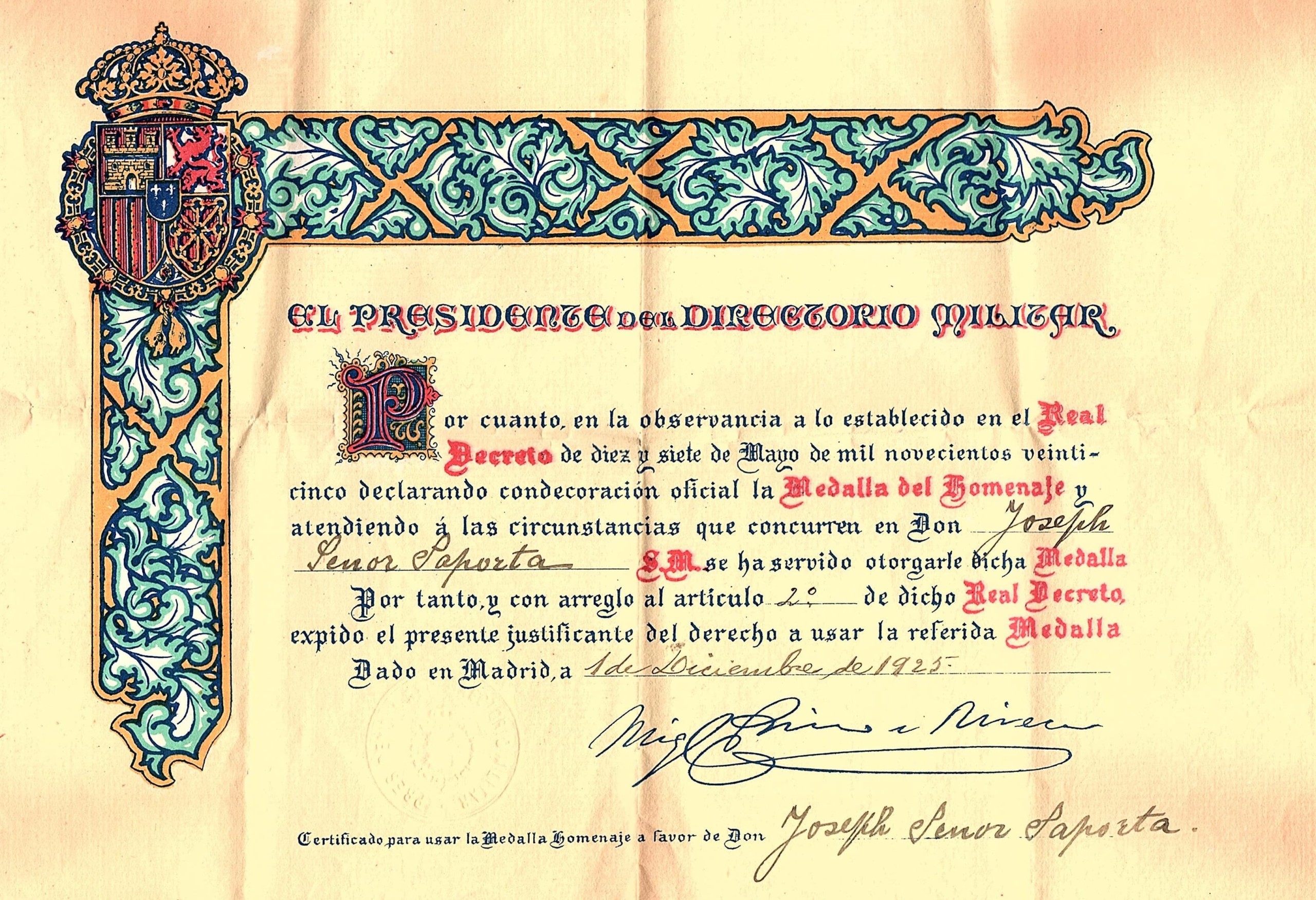
A new event deeply marked me. While putting away the papers of my father, who died in 1964, I discovered his Ausweis, a document that allowed him to leave the camp at Compiègne where he had been interned on December 12, 1941 during the so-called “roundup of notables,” although he was far from being one. Two French policemen had come to get his brother Maurice, who was absent because he was at work. My father, who had just come out of the hospital where he had undergone an operation, was present, and the policemen took him away. But his Spanish nationality saved him. He was released on March 14, 1942, 13 days before the departure of the first transport to Auschwitz. I was intrigued by the fact that this German document was countersigned by the Spanish Consul in Paris, Bernardo Rolland. Later research led me to discover that this Consul had saved dozens of Jews. As soon as he was informed of the arrest of one of them, he went to great lengths to have him released, despite the opposite opinion of his pro-Nazi ambassador. Bernardo Rolland gave papers to people who did not have them and when a delegation of Spanish-Jews came to him to explain certain situations, he answered: “I don’t have time to deal with this, take this office, prepare the files and I will sign them.” Thanks to him, dozens of Jews were able to cross the Spanish border, including my parents, who met on the train to Spain. I undertook to put together a file at Yad Vashem to have Bernardo Rolland awarded the medal of Righteous Among the Nations. I learned that he had lost his position as consul in Paris due to pressure from the Gestapo, who said that he “was a friend of the Jews and that he was doing too much for the Jews.” In spite of my efforts, 20 years after the submission of the file, this medal has still not been awarded to him.

This injustice has, in spite of everything, had a beneficial result. As I researched his case further, I tried to find out how many Judeo-Spanish had been deported. This research was the beginning of a great adventure that lasted ten years. It began with the creation of the Muestros Dezaparesidos (Our Disappeared) association, which published the Memorial of the Spanish Jews Deported from France*. Everyone knew how many deportees there were in their family, but there was no overview. Together with volunteers and historians, we were able to compile a list of the 5,300 Judeo-Spanish deported from France and we preceded this work with a historical section explaining where the Judeo-Spanish came from. It took us a long time to compile the list. We worked from Serge Klarsfeld’s large Memorial, published in 2012, which is much more complete than the 1978 one and includes the addresses of the deportees. We also consulted the archives of the Shoah Memorial, the departmental archives and the archives of the Spanish Consulate. Above all, we conducted more than 80 interviews with former deportees or hidden children. The establishment of the list was particularly complicated: if there was not much doubt about designating the Toledos, Gattegnos or Frescos as Spanish, the work was much more difficult with the Cohens and Levys. Among the most frequently encountered names was that of Eskenazi, which shows that not all Judeo-Spanish come from Spain but have assimilated the Judeo-Spanish culture. The book was published in 2019 and led to a series of lectures where we were able to see the Ashkenazi ignorance regarding the deportation of Judeo-Spanish. How many times did we hear: “Oh, well, there were Sephardim in Auschwitz!” Ignorance also affected the Judeo-Spanish regarding their own history.
And Salonika
It is impossible to talk about the Judeo-Spanish without talking about Salonika. Although they were spread throughout the Ottoman Empire, especially in what is now Turkey, Greece, Bulgaria, the former Yugoslavia and part of Romania, Thessaloniki has a special place in their history. Before World War I, Thessaloniki was the only major city in the Ottoman Empire whose Jewish population accounted for more than 80% of the total population. So much so that the other communities, Turkish, Greek, Armenian, Albanian… spoke Judeo-Spanish which allowed them to trade with the Jews. Salonika was called the Jerusalem of the Balkans.
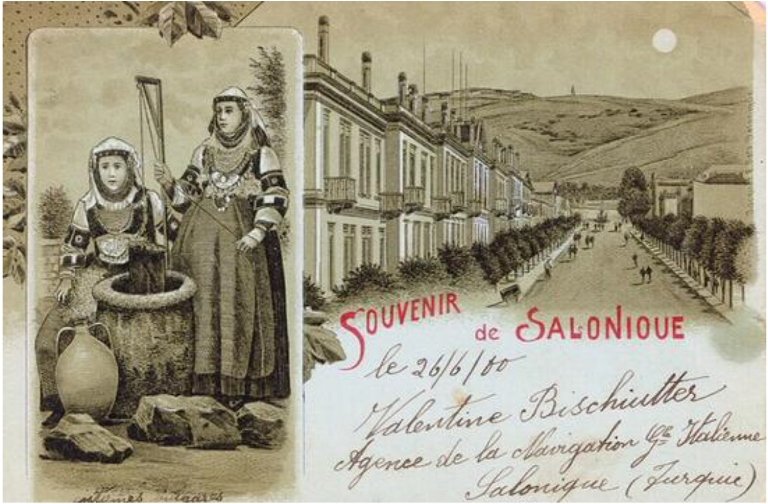
At the end of the 19th century, things changed. With the arrival of the Alliance Israélite Universelle, much of the education was done in French. The economic decline of the Ottoman Empire, the constant wars, the rise of nationalism pushed more and more Jews to emigrate to the West. In 1912, Thessaloniki was handed over to the Greeks. There was an exchange of populations: the Turks left for Turkey while Greeks, mainly from Anatolia, came to settle in Salonika where they were surprised to discover a city where Judeo-Spanish was spoken. Then came the First World War. The French Army of the East moved to Salonika to catch the Axis forces from the rear, and this time it was the French who were surprised to find a French-educated population. Unfortunately, in 1917, a terrible fire ravaged the city, the majority of which was built of wood, which pushed some of the population to leave.
But the great catastrophe was obviously the arrival of the German army in 1941. The community, comprising about 60,000 people, was 98% destroyed and the few survivors could only spectate the disaster. Among them was a great scholar, Joseph Nehama, former director of the Alliance Israélite Universelle school in Salonika. He was deported to Bergen Belsen, a concentration camp and not an extermination camp, because of his Spanish nationality and the protection of the Spanish Consul in Athens, Sebastian de Romero Radigales, who, like Consul Rolland in Paris, fought to protect the Jews who were Spanish subjects. Upon his return from deportation, Joseph Nehama devoted himself to saving what could be saved. He undertook a masterly History of the Israelites of Salonika, five volumes of which were published before the war and which he completed after the war with two new volumes, one titled In Memoriam on the deportation. Above all, he wrote a gigantic dictionary of Judeo-Spanish, a veritable encyclopedia in which one can find not only translations of Judeo-Spanish words but also numerous expressions, descriptions of holidays, proverbs… A small consolation, because in addition to murdering thousands of Judeo-Spanish, the Nazis wanted to erase all traces of the Jewish presence in Salonika. Thus they destroyed the cemetery and its tombs dating from the sixteenth century, where they installed a swimming pool, before the University of Salonika was built on the same site. A reported anecdote testifies to the success of this policy: a young Salonican taken by a friend to the Inalco in Paris (a prominent language learning institute in France) burst out laughing when he saw a poster with the words “Spanish as it was spoken in Thessaloniki.” “What kind of joke is this, we never spoke Spanish in Thessaloniki!”; he was stupefied when he learned the truth.

To fight against this form of cultural annihilation, the work of Joseph Nehama was essential. However, his dictionary, published in 1977, after his death in the same year, was lacking: there were only entries of Judeo-Spanish translated into French. For my generation, raised in French, it was useful to know the equivalent of a French word in Judeo-Spanish. So, with the help of my mother, Nora, née Saporta, and my aunt, Daisy Saporta, I turned Nehama’s version upside down or al reverso, as Professor Sephiha used to say. In 2021, the association Muestros Dezaparesidos published the French/Jewish-Spanish Vocabulary, el Nehama al reverso, which completes the great dictionary of Judeo-Spanish by Joseph Nehama. After this long journey, the ball of wool was untangled. I can say that I have become a Judeo-Spanish.
Alain de Toledo
Alain de Toledo is President of the Muestros Dezaparesidos Association


